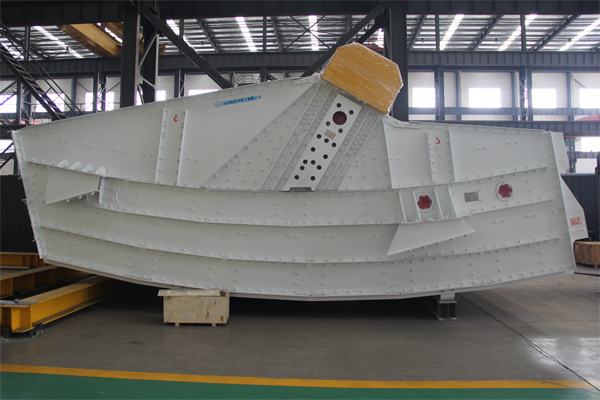What are the models and classifications of linear vibrating screens?
Linear vibrating screens can be classified and categorized based on various criteria, including design, application, and operation.Here are some common models and classifications:

1. By Design:
Single Deck Screens: These have one screening surface and are used for simple classification tasks.
Multi-Deck Screens: Equipped with two or more screening surfaces, allowing for multiple size separations in one operation.
2. By Application:
Heavy-Duty Linear Screens: Designed for handling large and abrasive materials, typically used in mining and quarry applications.
Fine Screening Linear Screens: Used for smaller particle sizes, often in food, chemical, and pharmaceutical industries.
3. By Motion and Drive Type:
Electromechanical Linear Screens: Utilize electric motors and unbalanced weights to create linear motion.
Hydraulic Linear Screens: Use hydraulic systems for movement, which can be advantageous for certain applications.

4. By Material Handling:
Wet Linear Screens: Designed for applications where materials are processed with water or other liquids.
Dry Linear Screens: Suitable for dry materials and typically equipped with features to minimize dust.
5. By Screen Surface:
Mesh Screens: Traditional screens made from woven wire mesh for various particle sizes.
Perforated Plate Screens: Use metal plates with holes for larger particles, offering durability and easier cleaning.
6. By Size:
Standard Size Screens: Common dimensions used in general applications.
…
For more detailed information about the models and classifications of linear vibrating screens, please click here: https://www.hsd-industry.com/news/linear-vibrating-screen-model/


